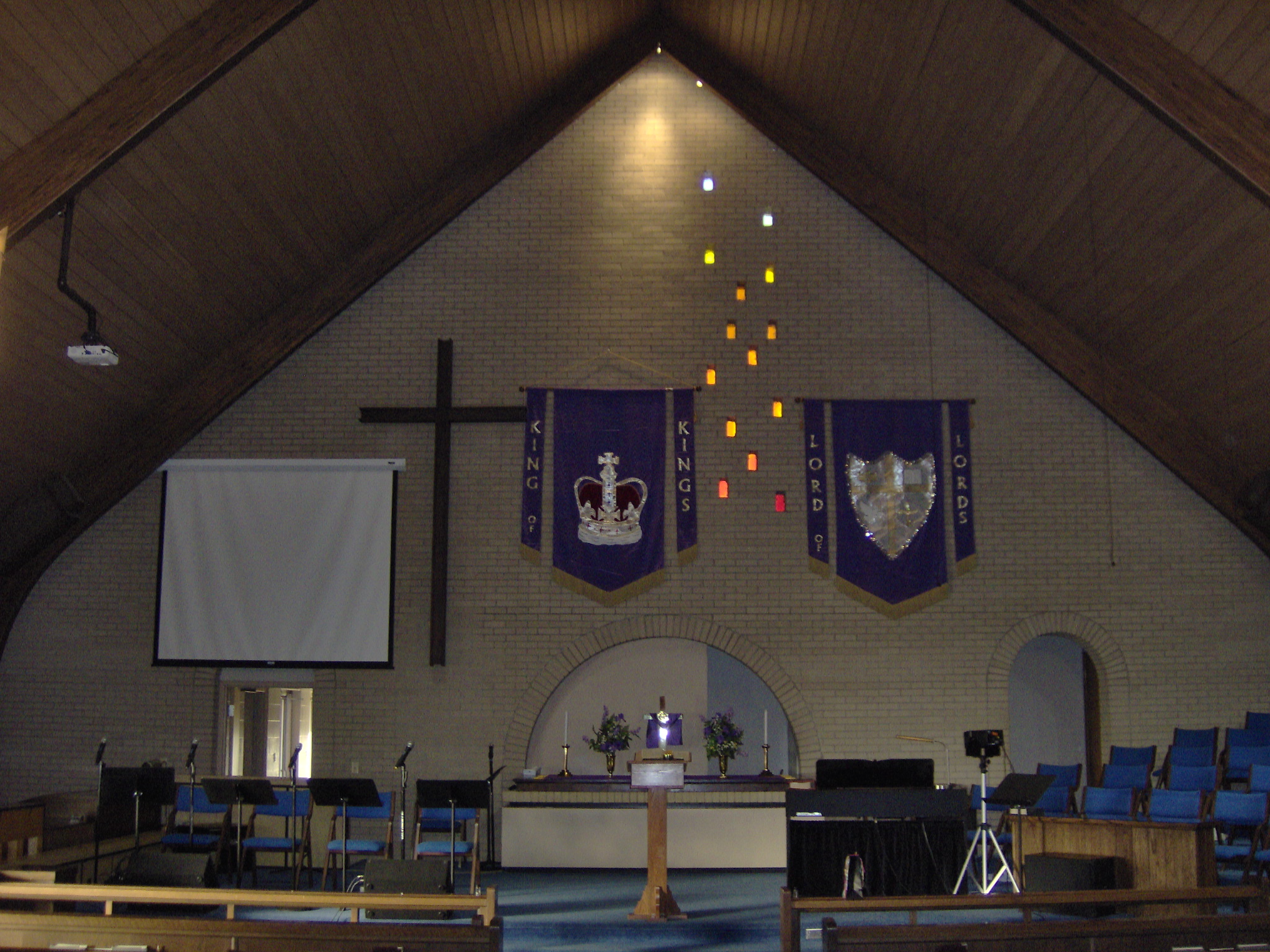A Missing Step?
Matthew 3:5-12
Matthew 3:5-12 (NLT) 5 People from Jerusalem and from all of Judea and all over the Jordan Valley went out to see and hear John. 6 And when they confessed their sins, he baptized them in the Jordan River.
7 But when he saw many Pharisees and Sadducees coming to watch him baptize,[a] he denounced them. “You brood of snakes!” he exclaimed. “Who warned you to flee the coming wrath? 8 Prove by the way you live that you have repented of your sins and turned to God. 9 Don’t just say to each other, ‘We’re safe, for we are descendants of Abraham.’ That means nothing, for I tell you, God can create children of Abraham from these very stones. 10 Even now the ax of God’s judgment is poised, ready to sever the roots of the trees. Yes, every tree that does not produce good fruit will be chopped down and thrown into the fire.
11 “I baptize with[b] water those who repent of their sins and turn to God. But someone is coming soon who is greater than I am—so much greater that I’m not worthy even to be his slave and carry his sandals. He will baptize you with the Holy Spirit and with fire.[c] 12 He is ready to separate the chaff from the wheat with his winnowing fork. Then he will clean up the threshing area, gathering the wheat into his barn but burning the chaff with never-ending fire.”
On the Origins of Tevilah (Ritual Immersion)
“Mikva’ot: Hasmonean Period and After
Here we stand on rather firm ground; of the approximately 1,000 archaeological mikva’ot known today, not a single example predates the Hasmonean period (ca. 140–63 B.C.E.).[13] The earliest installations—at Jericho, the Upper City of Jerusalem, and at Qumran—date to no earlier than the end of the second century B.C.E. and may possibly date to only the beginning of the next century.[14] The archaeological data thus complement the textual evidence in suggesting that immersion emerged as the method of ritual purification rather late in the Second Temple period, probably no earlier than the late second century B.C.E.”[1]
The baptistery is an example of the Greek or Hellenistic influence on late Second Temple practices (roughly 170 BCE according to archeological record). The Greeks brought in a system of what are called “hip baths” which warm water is poured over your head until the water level reached your hip. However, the priests took this idea and made it a ceremonial practice but had an interesting twist. The water used for ritual purification must come from a flowing source or “living water” and not from a man-made holding area. Thus, this is why John the Baptist around 24 A.D. was baptizing in the Jordan River. Most baptisms were held in areas of “living water” up until plumbing became more prominent in European countries.
It was the Baptist who began installing baptistries in their sanctuaries during the nineteenth century. So, what is behind me is an instrument for Tevilah (full immersion in water) but it is not a Mikvah (done in living water).
John the Baptist Lays out the Process
- Repent from sins and the commitment to not to continue to purposefully sin.
- Reveal this inward work by the witness of others by full immersion in living water.
- Submission of self and the infilling of the Holy Spirit.
- These steps separate us from the wrath of judgement and punishment of sin.
But people will use this verse…
Luke 23:39–43 (NIV): 39 One of the criminals who hung there hurled insults at him: “Aren’t you the Messiah? Save yourself and us!”
40 But the other criminal rebuked him. “Don’t you fear God,” he said, “since you are under the same sentence? 41 We are punished justly, for we are getting what our deeds deserve. But this man has done nothing wrong.”
42 Then he said, “Jesus, remember me when you come into your kingdom.”
43 Jesus answered him, “Truly I tell you, today you will be with me in paradise.”
The problem with punctuation…it didn’t exist until a few centuries after the biblical writing were recorded. The comma in verse 43 causes serious issues because it contradicts what Jesus would later say to Mary Magdelene after his resurrection. However, if you take the comma out, it means something powerful.
- The blood of Jesus and his death brought the thief atonement under the Old Covenant of Moses.
- The “today” is connected to the thief’s confession of his sins and his heart recognizing who Jesus is. This is after this same thief had mocked Jesus earlier when all three were first placed on their crosses.
- Jesus died before the other two. They then had their legs broken while still alive to speed up their deaths. Not exactly an enjoyable experience.
- Those under the Old Covenant did go to paradise, our a place of comfort and rest called Abraham’s bosom, but not ultimately where God is at (New Jerusalem)
- Jesus and the thief, and those who had died under the Old Covenant and were in Abraham’s bosom until his resurrection.
Matthew 27:52–53 (NIV): 52 and the tombs broke open. The bodies of many holy people who had died were raised to life. 53 They came out of the tombs after Jesus’ resurrection and went into the holy city and appeared to many people.
Jesus would then take these people to heaven at his ascension.
Thus, water baptism is a part of the New Covenant!
[1] https://www.thetorah.com/article/on-the-origins-of-tevilah-ritual-immersion
